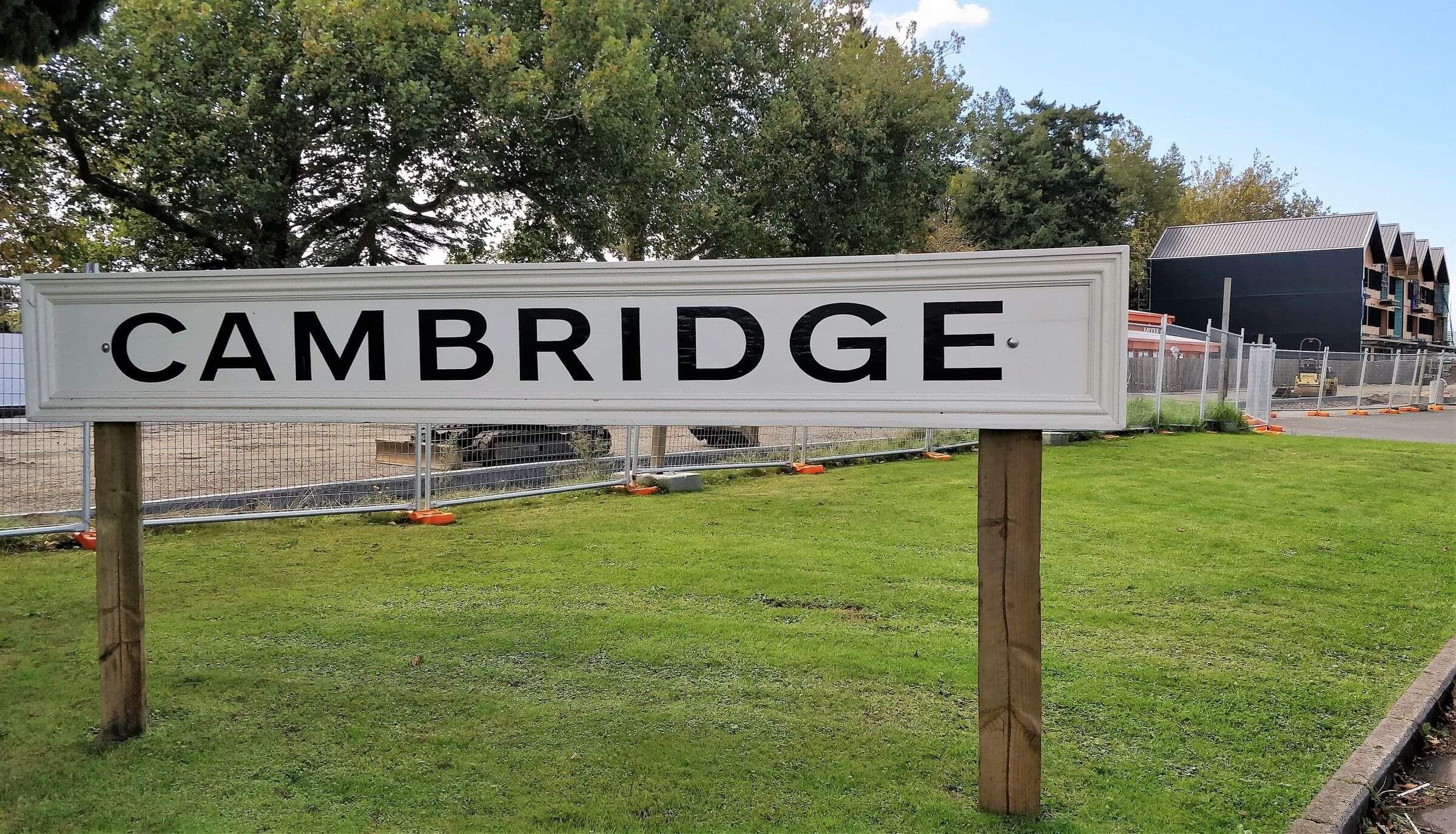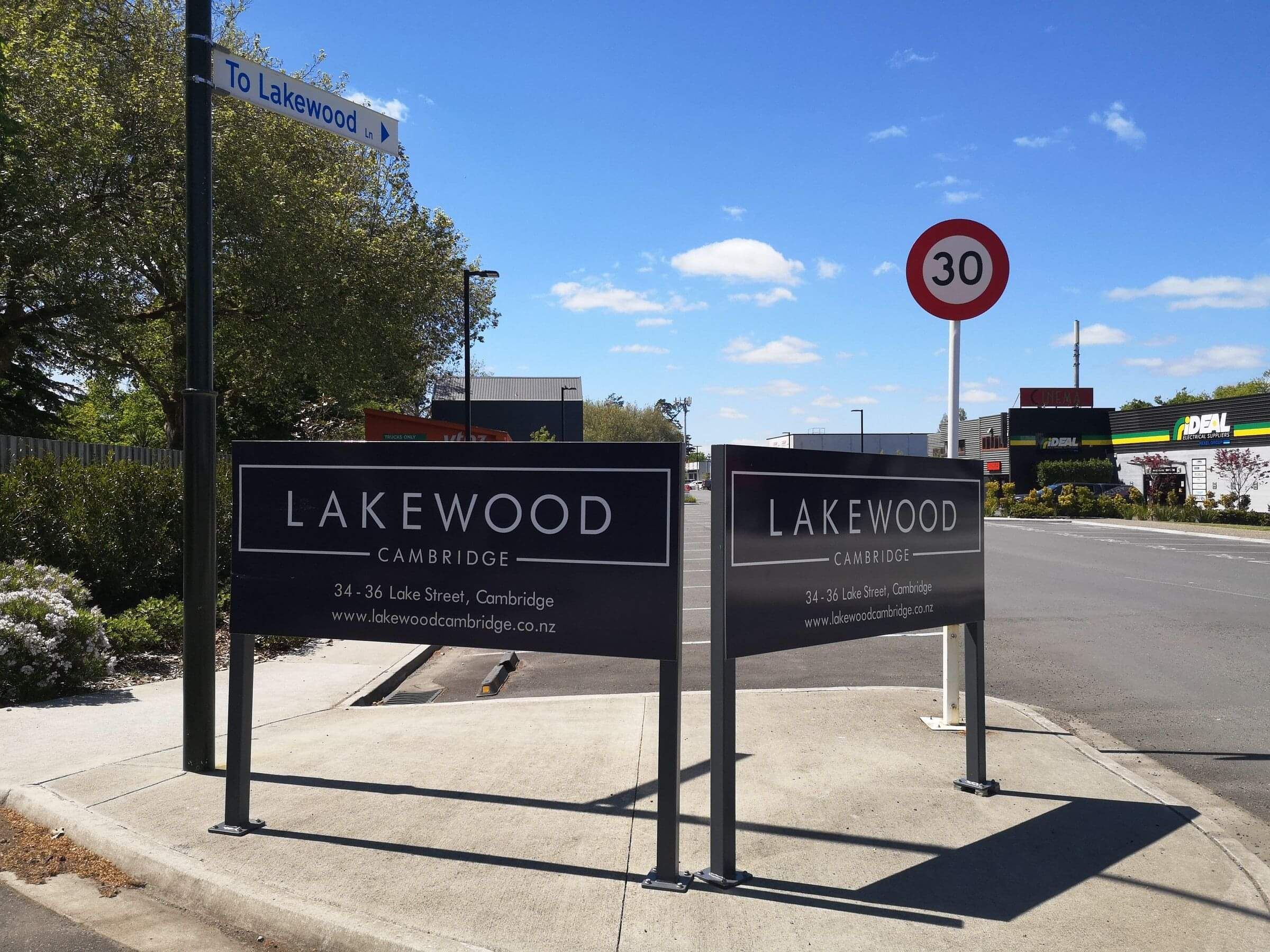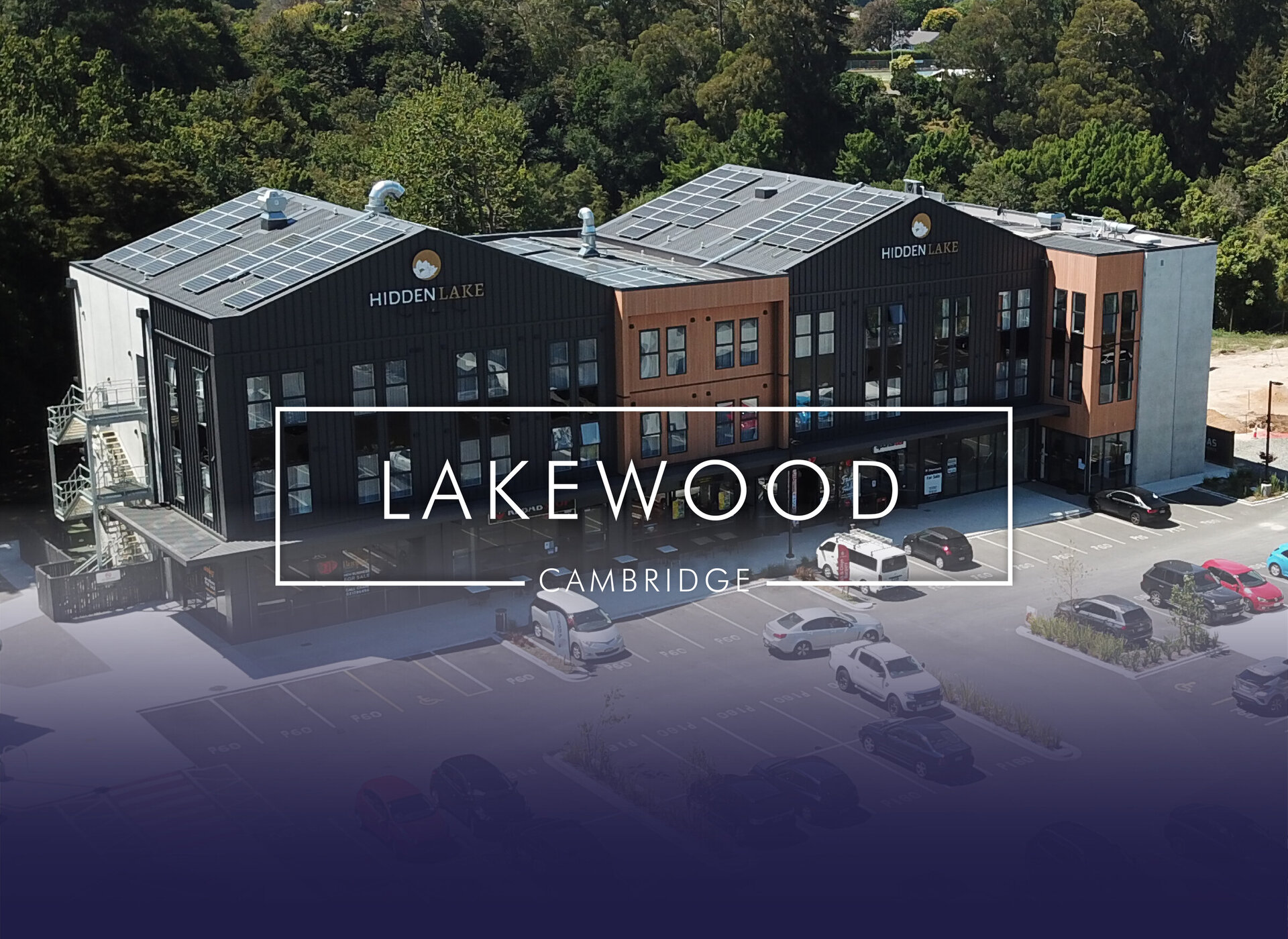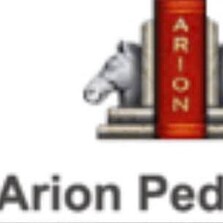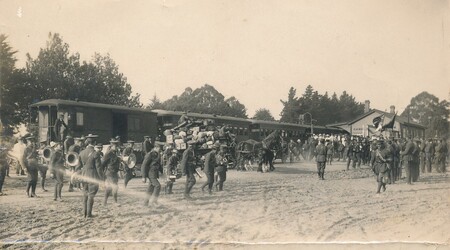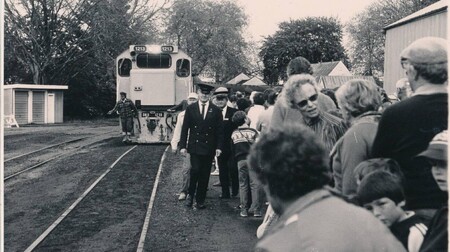Lakewood Cambridge is a regional destination of choice for commercial, retail, dining and shopping.
It offers a unique boutique experience showcasing the best of Cambridge’s renowned heritage character
and Lake Te Koo Utu’s natural beauty.
The mixed-use development is less than three kilometres from the Waikato Expressway and nestled into Lake Te Koo Utu Domain with its delightful walking tracks and scenery and within walking or cycling distance from Cambridge’s many attractions including Lake Karāpiro and the international renowned Velodrome.
Lakewood’s history in panels
A set of heritage panels revealing the backstory to Cambridge’s Lakewood development are delighting both locals and visitors.
Finishing touches to the panels went in last month, brought to this point by a group keen to tell the story of the area before its transformation into a modern multi-faceted development. Read more
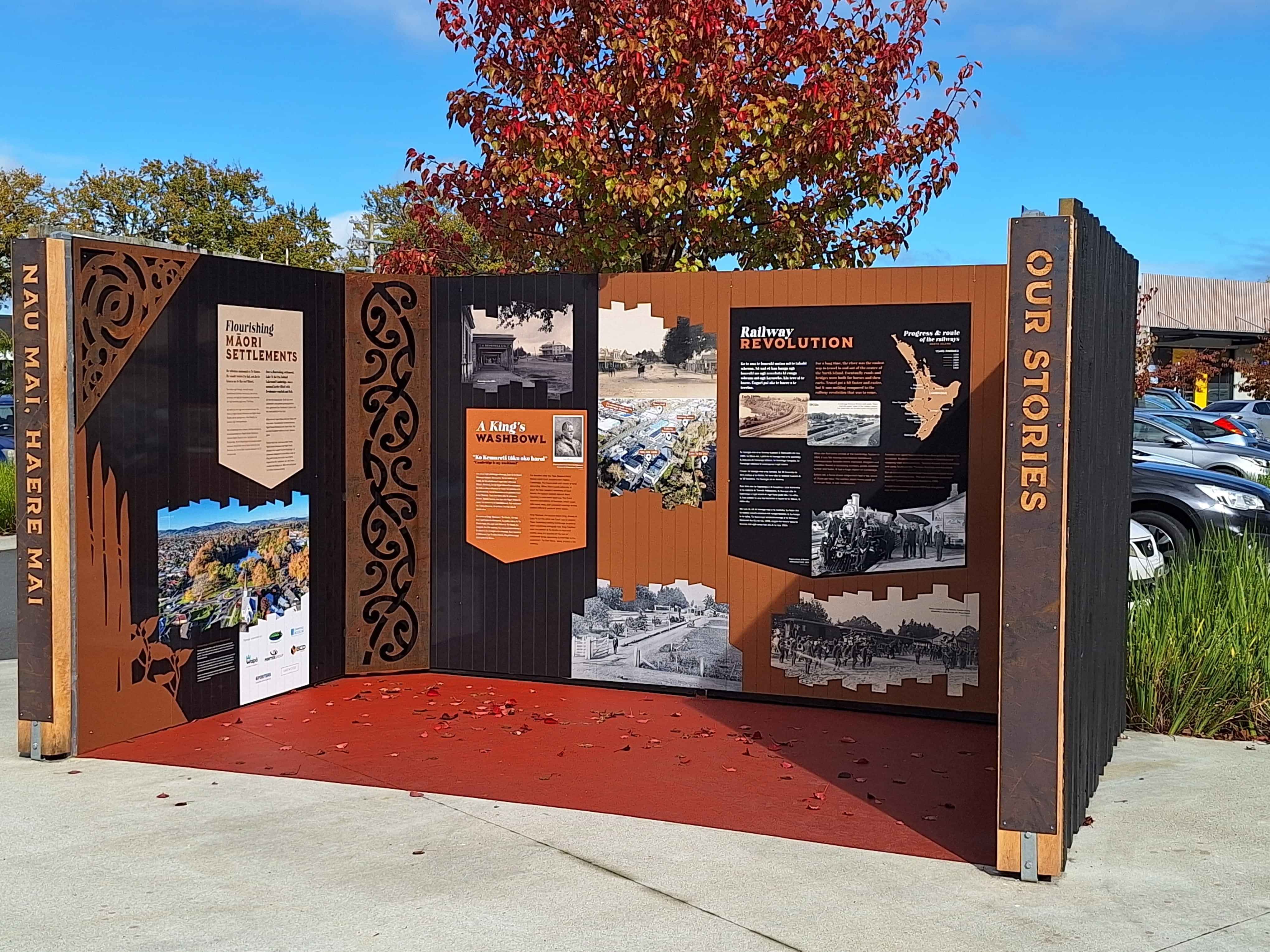
Lakewood Cambridge Business Directory
Lakewood Cambridge 1884 - 2023
Lakewood Cambridge was once a bustling railway station. Today it is a mixed-use development comprising a five-star hotel, apartments, dining, retail, businesses and luxury townhouses.
Its rail history started on 8 October 1884 when the first public train from Cambridge to Hamilton left the town at 9.30am.
About 100 people made the one hour ten minute trip to Hamilton where a holiday was observed. At Hamilton a large crowd joined the train for a holiday afternoon at Cambridge and other people joined at various stations along the line.
The town was decorated with an arch at the railway crossing in Lake Street inscribed “Success to the Cambridge Railway”. The passengers were greeted with cheers from a number of people assembled at the entrance to the station and the local school children were waiting on the platform.
Lines of bunting stretched across Duke Street, and the National Hotel was decorated with Chinese lanterns which were lit that evening. Entertainment included boating on Te Koo Utu Lake, a cricket match, a fireworks’ display and a ball in the public hall that carried on into the early hours of the morning.
During the 1920s, motor vehicles started to take over the passenger traffic and the last time-tabled passenger train left Cambridge without ceremony on 9 September 1946.
The station building was sold and broken up in 1973 and an overhead crane was erected in its place to handle container traffic from Weddel Crown Aotearoa freezing works in Leamington.
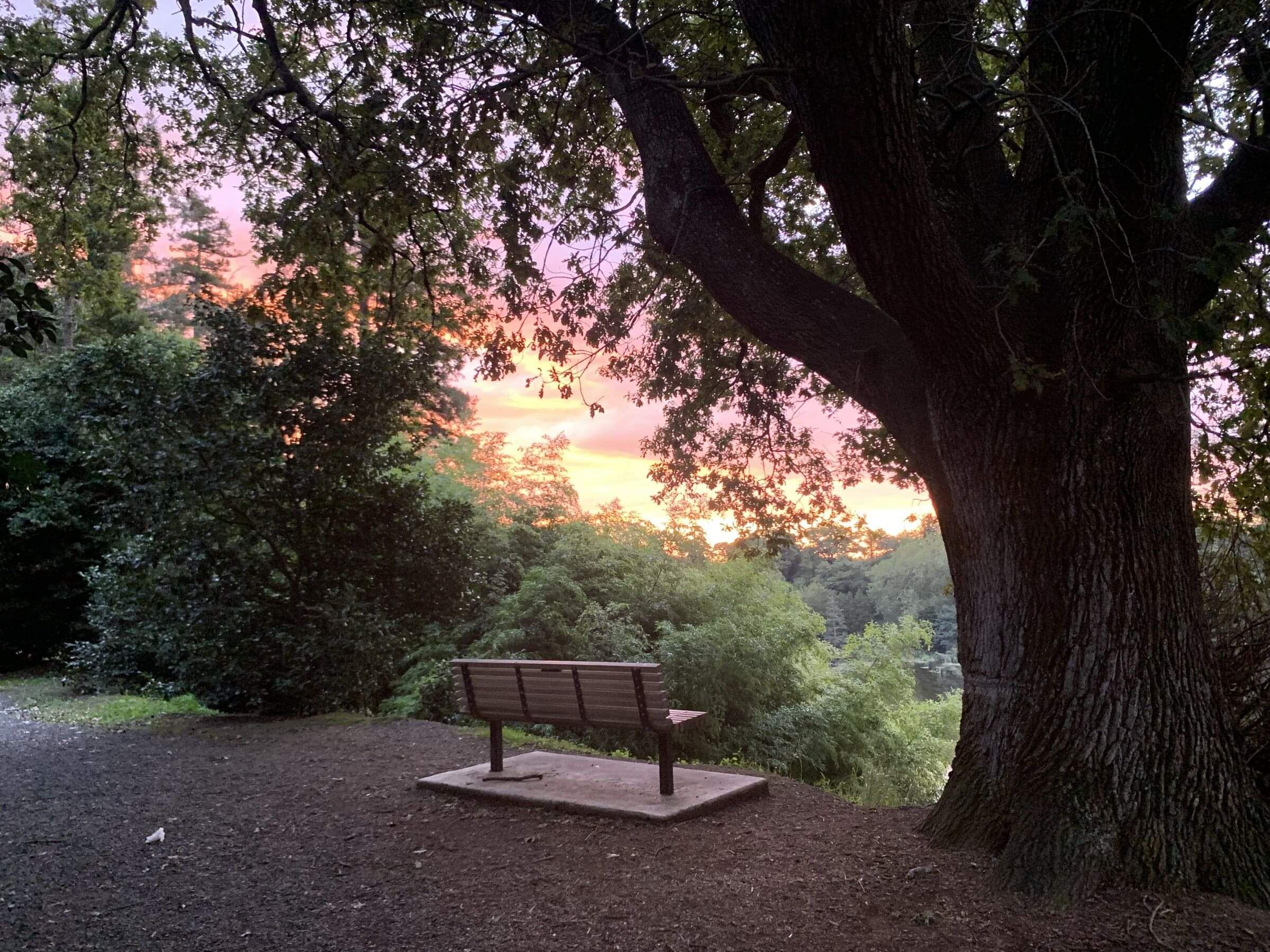
A major user of the branch was the New Zealand Dairy Company factory at Hautapu and in 1999 the line stopped at the factory and the section to Cambridge was ripped up.
In March 2017, Waipā mayor Jim Mylchreest turned the first sod of soil for the start of the 15,000 sq m Lakewood Development on the site of the former railway station.
Reflecting on its history, Mylchreest said: "Many a soldier and resident of Cambridge either embarked or arrived on this site during the first and second world wars."
The site also had been a connection point between the rural and urban areas as the stock sale yards for a number of years.
As part of the resource consent, developers spruced up another piece of Cambridge history - the Railway Gates – known as the ‘kissing gate’ because of the way the gate just ‘kissed’ the fence as it swung around.
These gates served many passengers until railway passenger services ceased an prevented livestock escaping from the yards as cattle could not manoeuvre through the small gate.
These gates were donated to the Cambridge Historical Society in 1981 and are now in place at the entrance to the Lakewood development.
Copy courtesy Cambridge Museum.
